
Corsair Gaming H2100 Review
Manufacturer: Corsair GamingUK price (as reviewed): £101.09 (inc VAT)
US price (as reviewed): $89.99 (ex Tax)
It's not often that we see wireless headsets here at bit-tech. In fact, the last one was also from Corsair, specifically the Vengeance 2000, which is actually what the Corsair Gaming H2100 is based on, albeit with a redesigned exterior and a few minor tweaks elsewhere. It's effectively the wireless version of the H1500 that we also saw fairly recently.
In the package is the headset itself which comes with a fixed microphone, though this can be rotated upwards to get it out the way. Also supplied is the small wireless receiver as well as a USB extension cable for said receiver and a micro-USB charging cable; both wires are 1.5m long. The H2100 uses a 2.4GHz wireless signal and is said to stay in range for 40 feet (12m) – the H1500's cable is 3m, so in ideal conditions you have four times the distance to play with, excluding the extension cable. This being England, we didn't have a room big enough to test the 12m claim, but in small and large bedrooms alike the connection was maintained with clear audio in any position, and even managed to keep going with a wall in the way, albeit not for long.
We've covered the design of the headset in our H1500 review, and it's mostly unchanged. In short, you get microfibre-wrapped, circumaural earcups which are large with plenty of breathing room for bigger ears. The foam-wrapped headband also has a synthetic leather covering which is comfortable, but beware the headset is on the heavy side. Also, if you don't get the earcup positioning quite right, a fair bit of pressure is exerted either above or below your ears which gets uncomfortable fast. Thankfully, there's a decent amount of height adjustment for you to play with, and the hinges (which have been redesigned since the Vengeance 2000 days) allow plenty of movement for the earcups without causing them to feel loose or move out of place too easily.
Setting the H2100 up is dead simple – charge it (there's an LED indicator for this), then plug in the USB adaptor, wait a few seconds for the drivers to install then turn the headset on and it syncs almost instantly. Since it's USB-based, you can't use it with your own soundcard – it's one or the other, but that's standard for a wireless headset. With a claimed 10 hour battery life, you should be fine for all but the most mammoth of gaming sessions, especially as you can charge while you play (provided you have a second USB port for the charging cable).
With no wires, there's no in-line remote, necessitating a different left earcup design from the H1500. It now has a large, unfortunately tacky power button as well as a much nicer metal volume wheel. Microphone muting is handled simply by rotating it up.
That microphone is a unidirectional noise-cancelling model with claimed specs of 2.2k Ohms impedance, 100Hz to 10kHz response and sensitivity of -37dB (+/-3dB). It's very good at picking up voice too, and is far enough away that nasal breathing isn't an issue. Even with death metal playing at full volume through the headphones (and leaking back to the mic) and loud typing on a mechanical keyboard, we could clearly hear our own voice and even whispers – even if you're the most annoying player ever on chat, your lucky team mates should still hear every word.
We found the H1500 to be a very loud headset, but that's not the case with the H2100. By this, we only mean that you can listen to it at full volume, whereas this was practically unbearable with the wired version – there's still plenty of volume on tap here and it doesn't really distort the sound.
The software is the same single-screen interface as with the H1500, which is no bad thing – it's very user friendly, offering easy control of headphone and microphone levels, EQ settings and the virtual surround effects.
We still had our H1500 sample to hand when testing the H2100 so we could compare them, and unsurprisingly the audio experience was very similar, other than the different volume levels. Music generally sounds good across the range, but the Audiophile EQ settings in the software help pick out some of the finer details and are worth exploring – the tweaks are subtle rather than overdone. The good bass reproduction is beneficial in movies and games as well, though highs and mids are still covered well. It's also again to these media that the Dolby 7.1 surround effects are best suited, as music with the surround effects enabled is underwhelming. Naturally, it's beneficial too to have content that's designed for surround sound rather than trying to up-mix a stereo source. That said, Turtle Beach's Ear Force Z60 headset with the newer Dolby Headphone:X surround technology is better if such effects are a priority for you.
Conclusion
The listed price of £100 is more reflective of the average for the H2100; some sites have them for around £120 while some are now selling for as low as £80, so it's definitely worth shopping around. The lower end of this scale is especially impressive given that you get a decently made headset that is both wireless and has solid, though not outstanding sound quality and virtual surround sound thrown in too. The £20-£25 premium over the H1500 is definitely acceptable for the wireless capabilities, though if it's not needed you may as well save the cash. Also, as with the H1500, it comes recommended more for those who are mainly gamers than those who predominantly listen to music, for which we still recommend the Qpad QH-90 or Kingston HyperX Cloud.
-
Sound Quality35 / 40
-
Design25 / 30
-
Value27 / 30


MSI MPG Velox 100R Chassis Review
October 14 2021 | 15:04

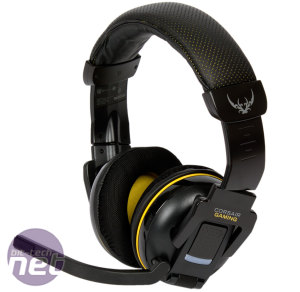
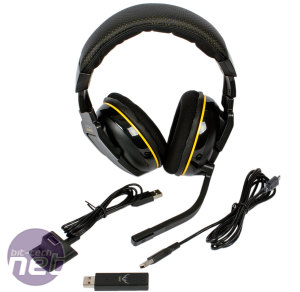

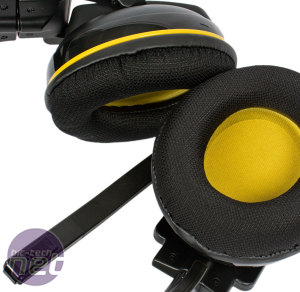
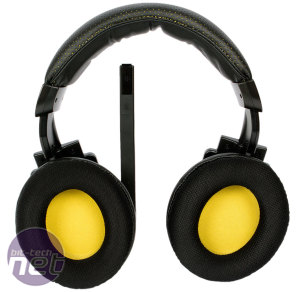
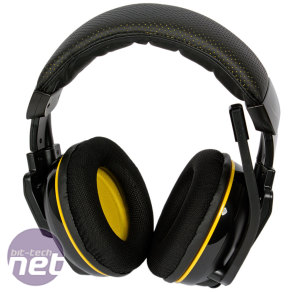
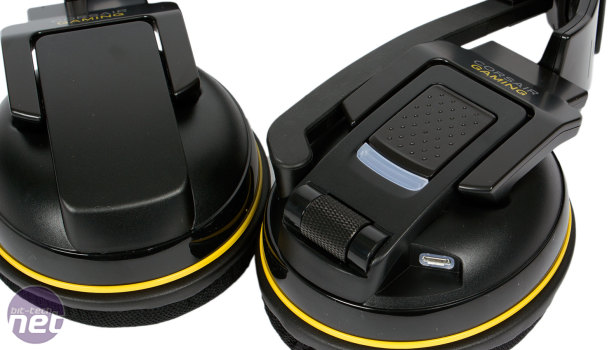
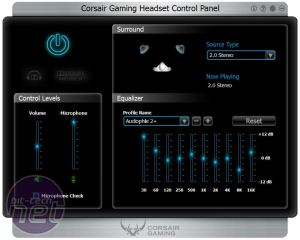
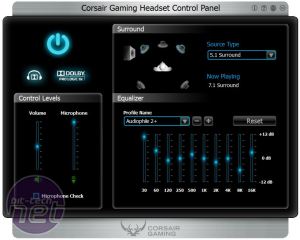







Want to comment? Please log in.